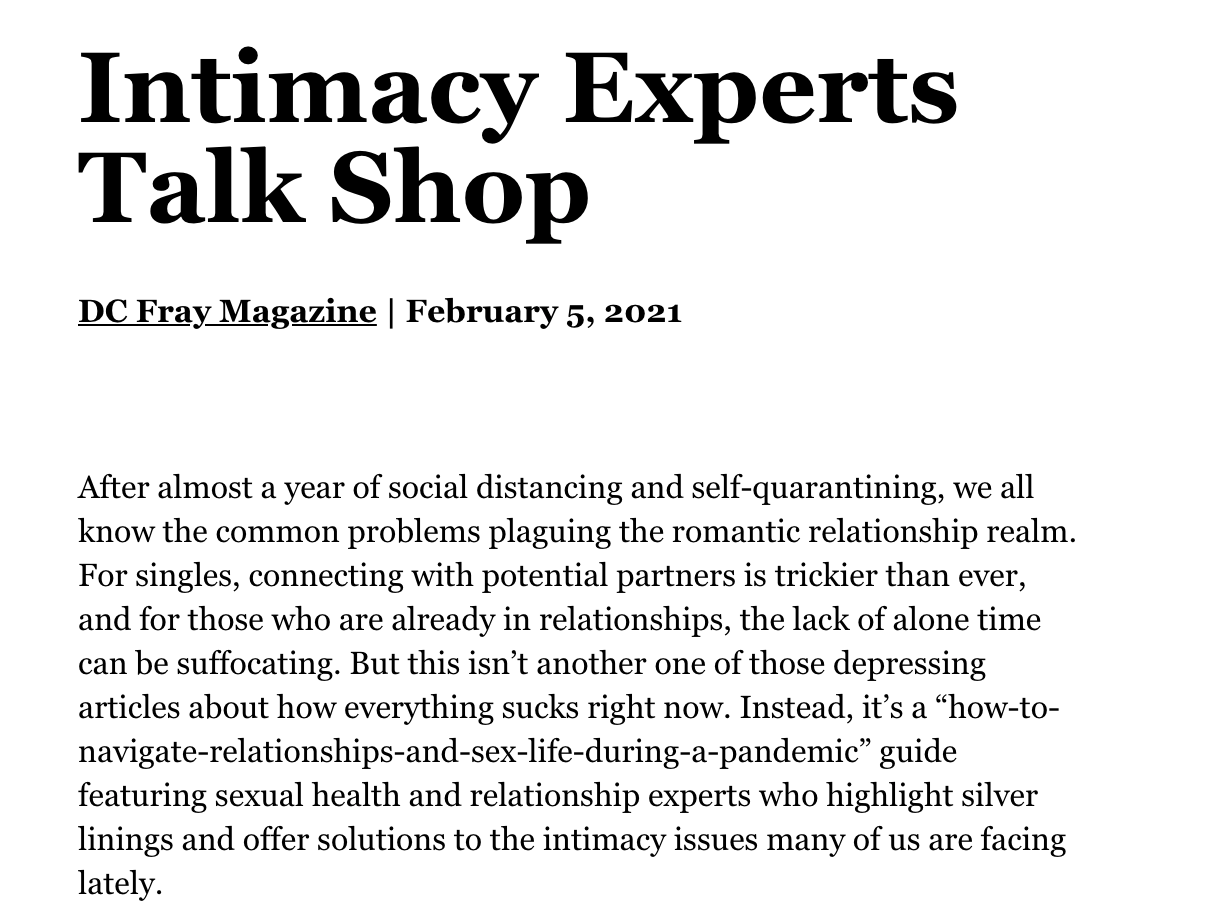Two Beating Hearts: D.C.’s Immigrant Food Combines Gastronomy
+ Advocacy
+ Advocacy
DC Fray Magazine | December 11, 2020
The concept for Immigrant Food was a long time coming. Peter Schechter, co-founder of the restaurant, had been working in politics, enterprises and startups for 25 years, while also serving on the board of José Andrés’ ThinkFoodGroup, which is a collective of more than 30 restaurants located throughout the country ranging in a variety of culinary experiences. It only makes sense that Schechter’s expertise in these areas would one day coalesce into a hub for what he calls “gastroadvocacy.”
The year was 2018 – the 10th year after the death of Schechter’s mother, who immigrated to the U.S. from Germany. At this time, Schechter also observed that the political landscape of immigration issues was tense. Combined with his past experience, the reminder of his mother’s death and the worsening state of xenophobia in the U.S., Schechter formed the idea for Immigrant Food.
“It wasn’t a big jump to the idea of combining policy communications and food,” he says. “My idea was to go a step beyond that: not only to be a voice, but to have the whole restaurant be a platform to celebrate how immigrants have changed and improved this country, and to advocate for them.”
Immigrant Food serves this purpose in downtown D.C., where anyone can walk in and peruse the restaurant’s two menus: one for delicious meals concocted from a combination of immigrant cuisine, and the other for engagement opportunities.
Schechter describes their food menu, cultivated by chef and co-founder Enrique Limardo, as “the fusion between the gastronomies of different immigrant foods that have come to America.” To give an idea of what this tastes like, Schechter says Limardo describes the inspiration behind Indian-Mexican dish Mumbai Mariachi as “a Mexican guy parachuting into the middle of India who didn’t have any Mexican spices when cooking a meal, so he used Indian ones instead.”
Meanwhile, Immigrant Food’s engagement menu lists various ways to advocate for immigrant causes. Some include donating money to various NGOs, attending events, and signing up for volunteering opportunities such as offering legal advice or teaching English. Immigrant Food Director of Communications and Outreach Téa Ivanovic says their NGO partners are key to advancing their cause.
“When we talked about creating Immigrant Food, what was important to us was that the cause of immigrants and the social justice issue were embedded in the restaurant’s business model,” she says. “It wasn’t just a corporate afterthought. We decided to partner with five immigrant service NGOs, and we’re lucky they wanted to partner with us.”
Ivanovic says she and Schechter think of these core purposes as the lifeblood of their restaurant. While their mission was first centered around bringing people together to talk advocacy at the table, they’ve had to pivot to a virtual environment that is less conducive to their cause due to the pandemic.
“When Covid hit, we had to get creative about how we were going to continue our mission,” she says. “We first asked, ‘How are we going to stay open?’ The next question was, ‘What about our mission?’ There are two hearts to Immigrant Food, and both had to keep beating.”
The restaurant now hosts virtual events, sends out a weekly e-newsletter and produces a monthly digital publication called “The Think Tank,” which focuses on parts of complex immigration issues to make them more digestible to the general public. Despite the challenges brought by the pandemic, Immigrant Food’s hearts have kept on beating in the spirit of gastronomy and advocacy.
“Restaurants have always been the place immigrants have showed off their culture when they come to America,” Schechter says. “We wanted to respect that. But most of all, at a time when certain parts of America weren’t respecting the contributions of immigrants, we think a restaurant can do more than actually just show the culture. It can be a platform. For us, gastroadvocacy is an opportunity to fight against xenophobia and anti-immigrant feelings, and to advocate for real solutions for immigrants today.”
This story was originally published in DC Fray Magazine.



